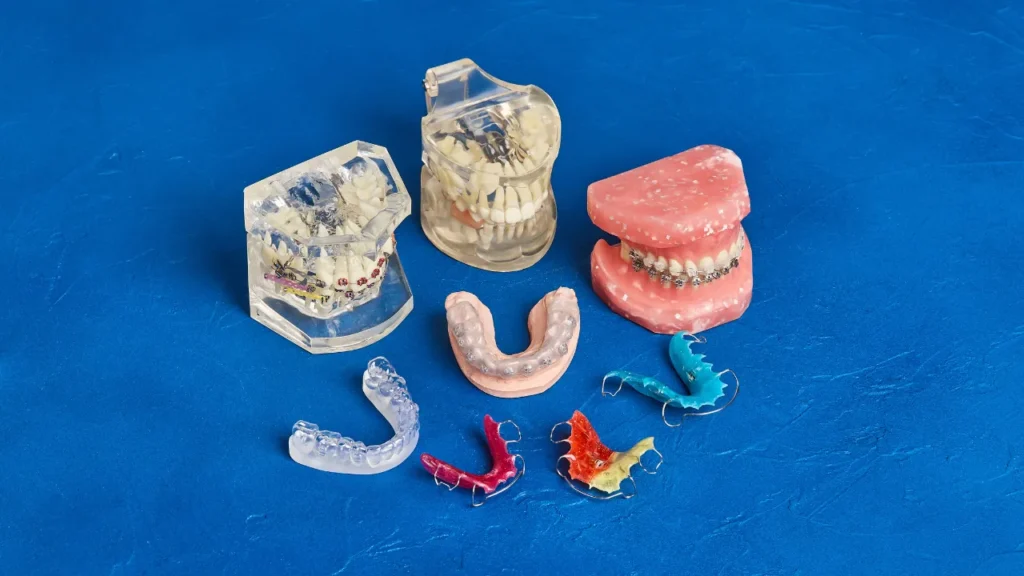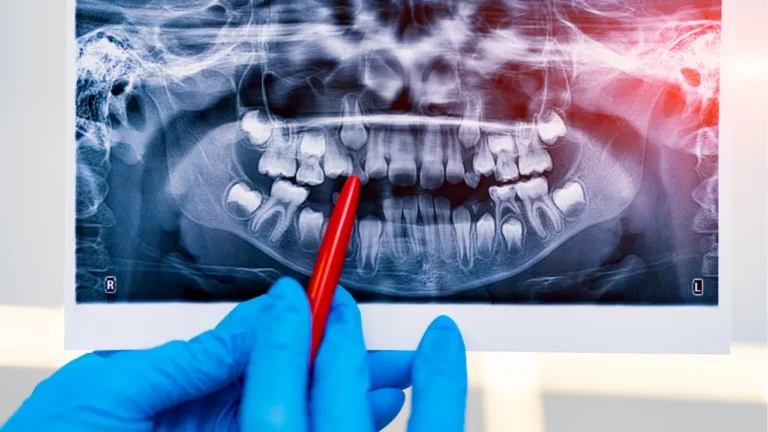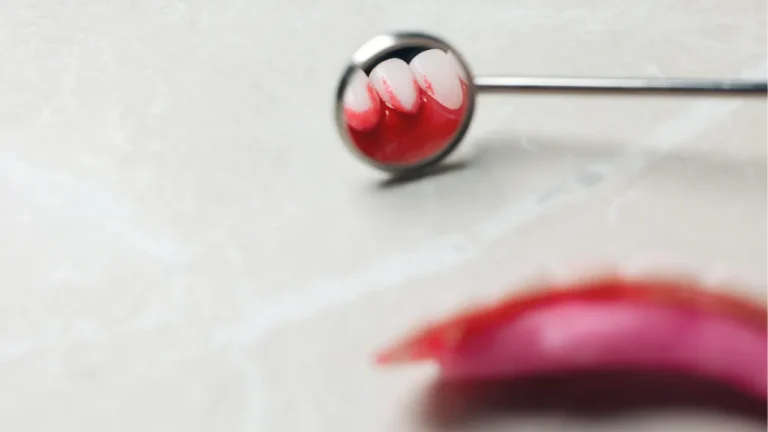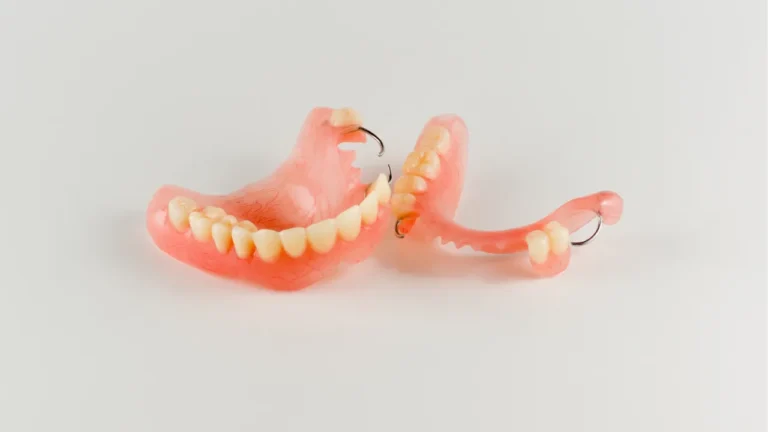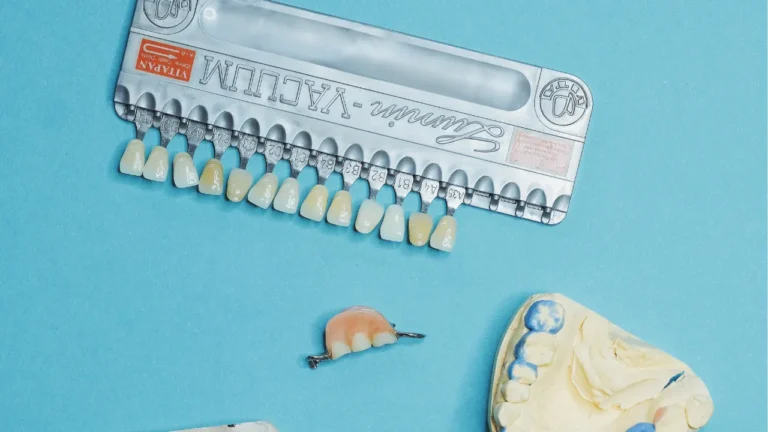Orthodontic treatments are essential for correcting misaligned teeth and improving oral health.
Traditional braces have been the go-to solution for decades, but advancements in orthodontics have introduced alternatives like slimming wires.
Each method has its unique advantages and disadvantages, catering to different needs and preferences.
Quick Summary
- Traditional Braces: Visible, effective, affordable, durable, but less aesthetic.
- Slimming Wires (Lingual Braces): Hidden behind teeth, aesthetic, custom-fit, but more expensive and may affect speech.
- Best Choice: Depends on personal preference, budget, and complexity of the dental issue.
What Are Traditional Braces?
Traditional braces consist of metal brackets and wires that are attached to the teeth.
Over time, they apply pressure to move teeth into their desired positions.
This method is highly effective for treating a wide range of orthodontic issues, including severe misalignments.
Advantages of Traditional Braces
- Effectiveness: Traditional braces are highly effective for correcting complex dental issues.
- Durability: Made of strong materials, they are resistant to wear and tear.
- Control: Orthodontists can make precise adjustments to the teeth’s alignment.
Disadvantages of Traditional Braces
- Aesthetics: The metal brackets are noticeable, which can be a concern for some patients.
- Comfort: Braces can cause discomfort and irritation inside the mouth.
- Maintenance: They require diligent oral hygiene to prevent plaque buildup around the brackets.
What Are Slimming Wires?
Slimming wires, often referred to as lingual braces, are a modern alternative to traditional braces.
These braces are placed behind the teeth, making them invisible from the front.
They use a similar mechanism to traditional braces but are designed for a more discreet treatment.
Advantages of Slimming Wires
- Aesthetics: Slimming wires are invisible from the front, making them an excellent choice for those concerned about appearance.
- Comfort: They are custom-made to fit the back of the teeth, reducing discomfort.
- Functionality: Slimming wires are effective for treating a variety of orthodontic issues without compromising on performance.
Disadvantages of Slimming Wires
- Cost: They are generally more expensive than traditional braces due to their custom design.
- Complexity: Installation and adjustments can be more complex, requiring a skilled orthodontist.
- Speech: Some patients may experience temporary speech difficulties as they adjust to the wires.
Comparing Slimming Wires and Traditional Braces
Aesthetics
- Traditional Braces: Visible metal brackets can affect the appearance.
- Slimming Wires: Hidden behind the teeth, offering a discreet solution.
Comfort
- Traditional Braces: Can cause irritation and discomfort inside the mouth.
- Slimming Wires: Custom-fit reduces discomfort, but initial adjustments may affect speech.
Cost
- Traditional Braces: Generally more affordable, with a wide range of options.
- Slimming Wires: Higher cost due to customization and complexity.
Effectiveness
- Traditional Braces: Highly effective for all types of orthodontic issues.
- Slimming Wires: Effective but may be limited in treating very severe cases.
Maintenance
- Traditional Braces: Require meticulous oral hygiene to prevent plaque buildup.
- Slimming Wires: Easier to clean since they are hidden, but still require proper maintenance.
Both slimming wires and traditional braces have their unique advantages and drawbacks.
The choice between the two depends on individual preferences, budget, and the complexity of the orthodontic issue.
At Every Smile Dentistry, we recommend consulting with our orthodontic specialists to determine the best treatment option for your needs.
References
- American Association of Orthodontists. “Types of Braces.” AAO Info.

